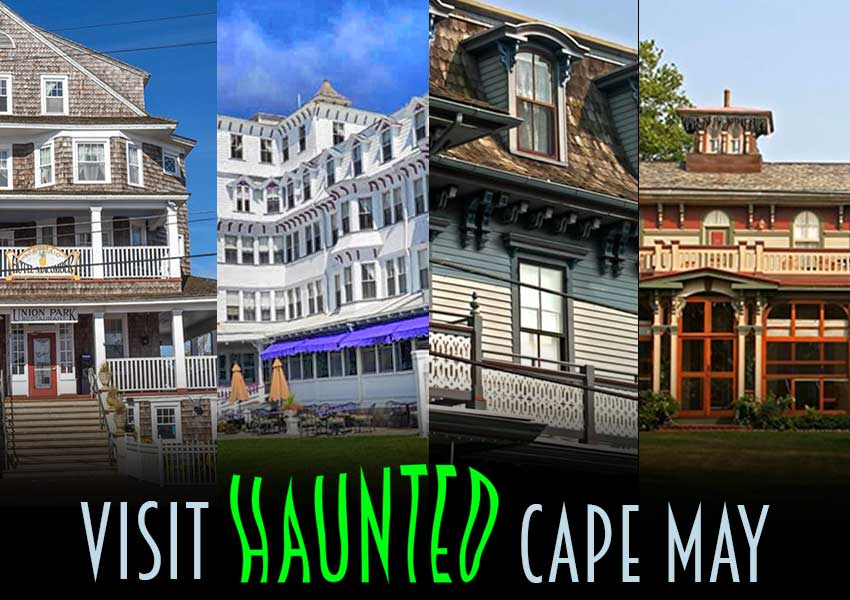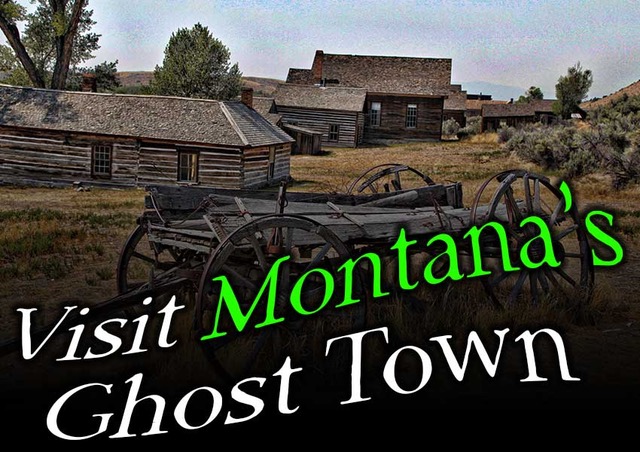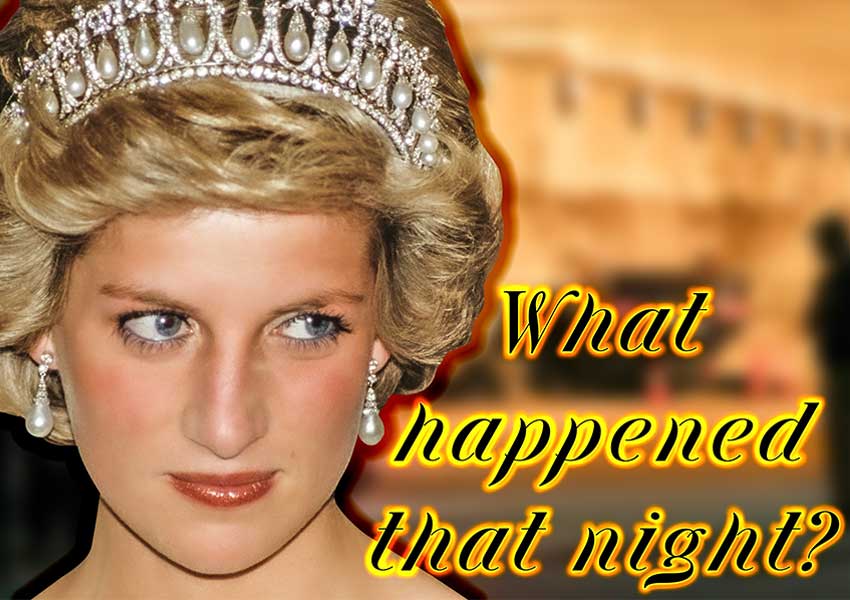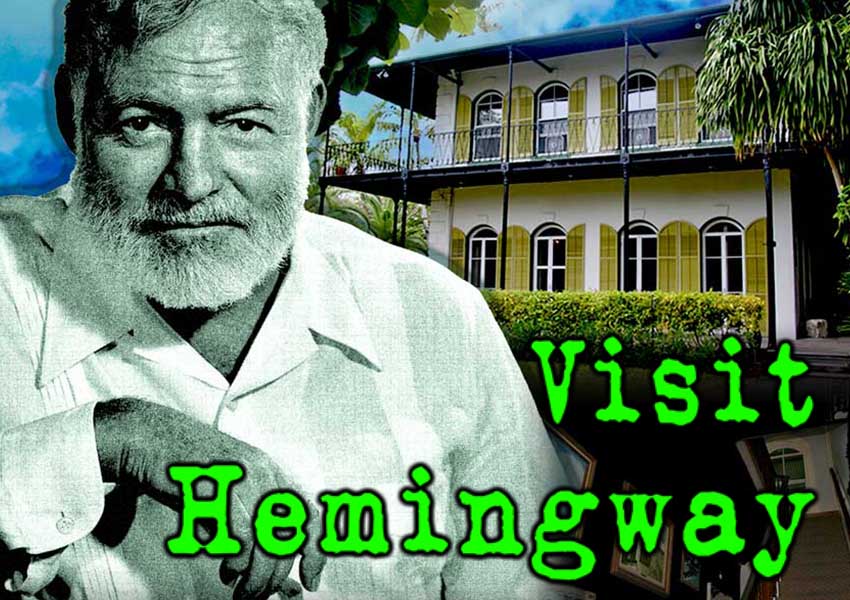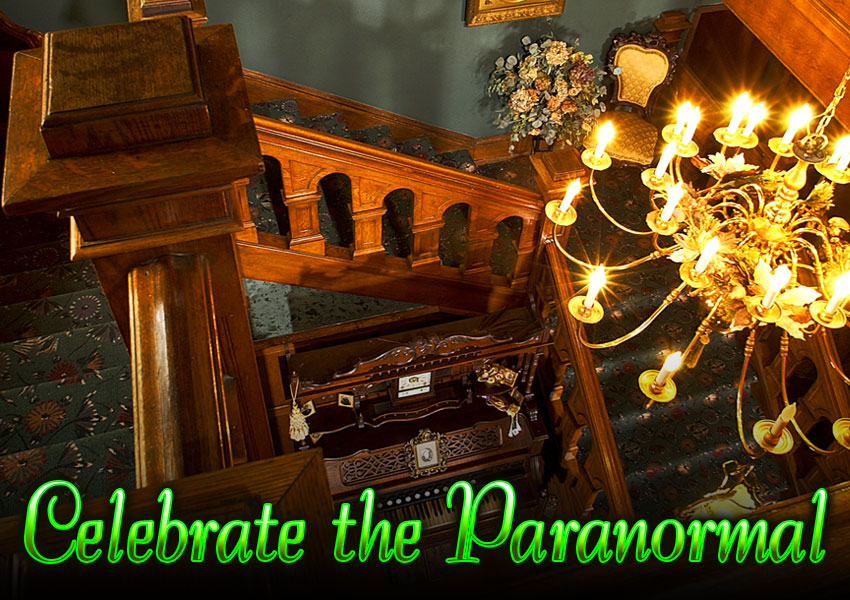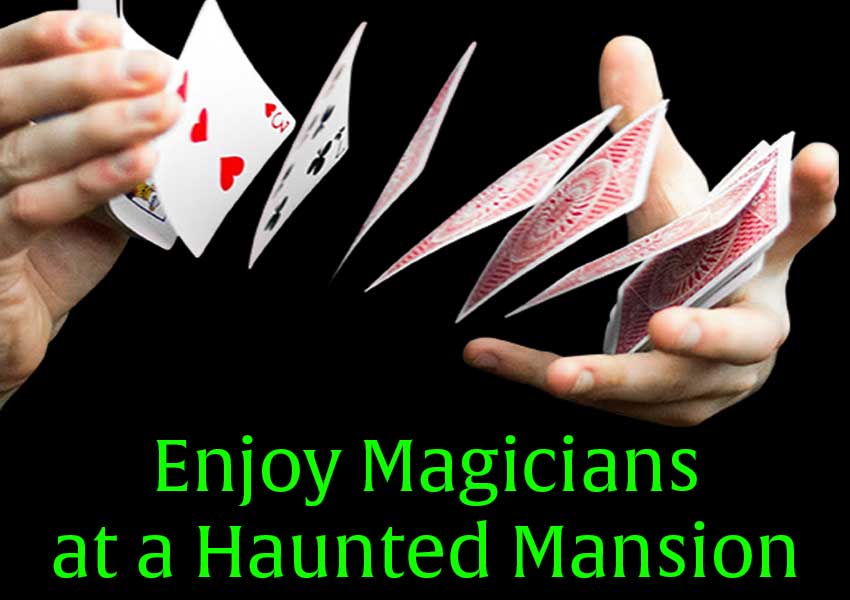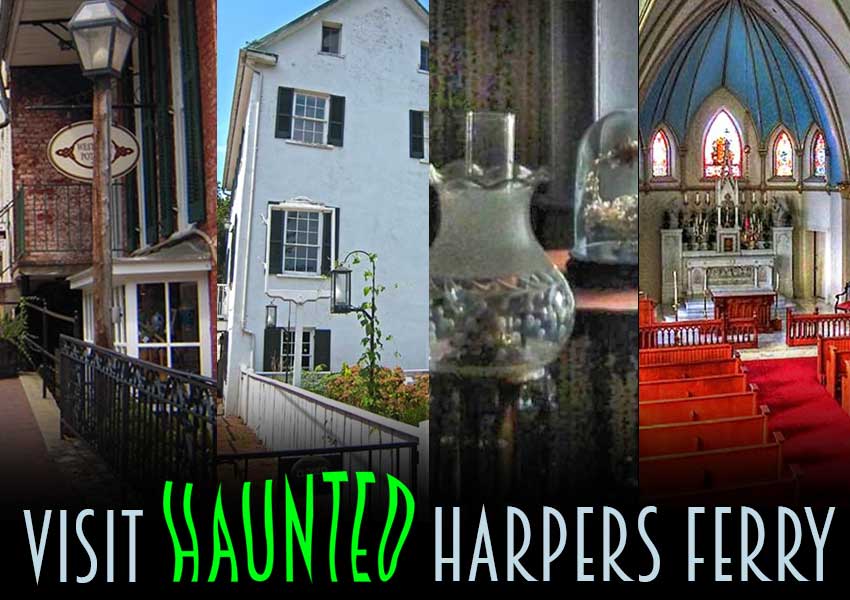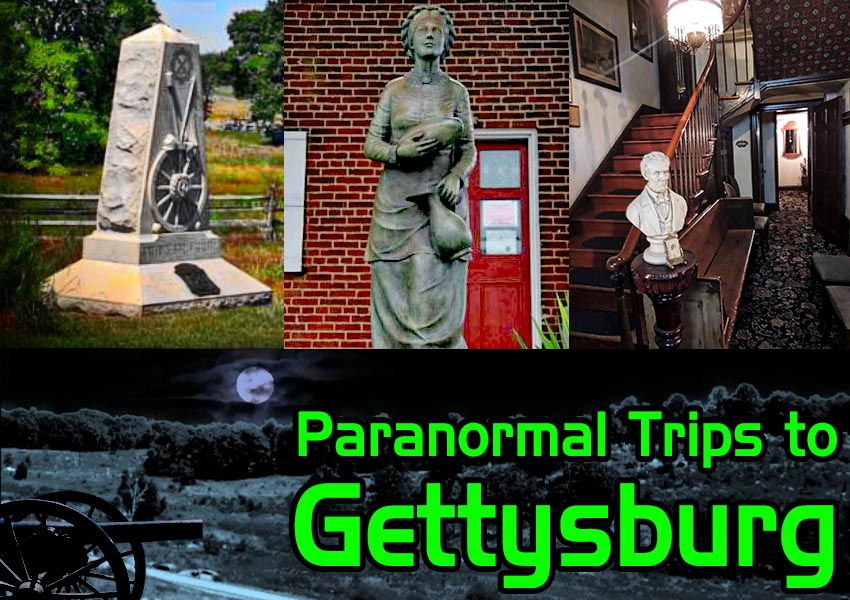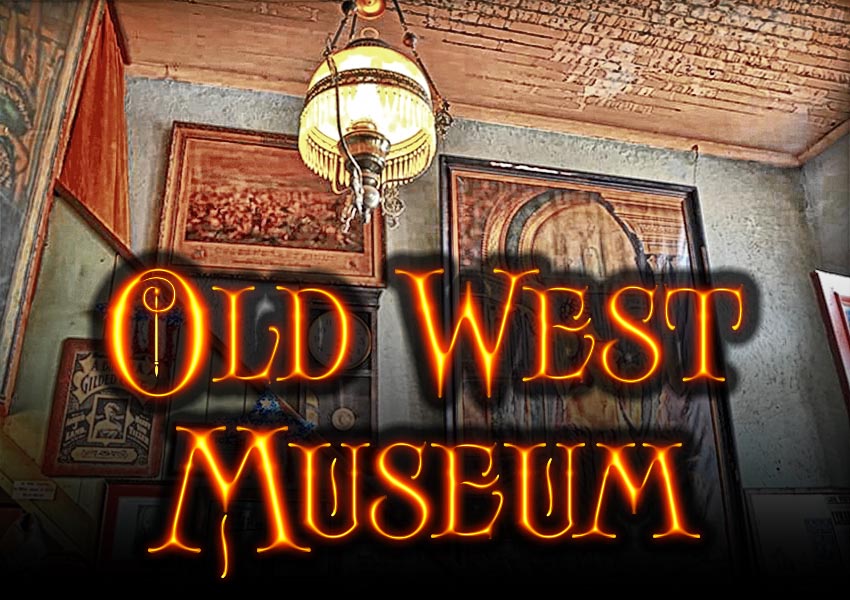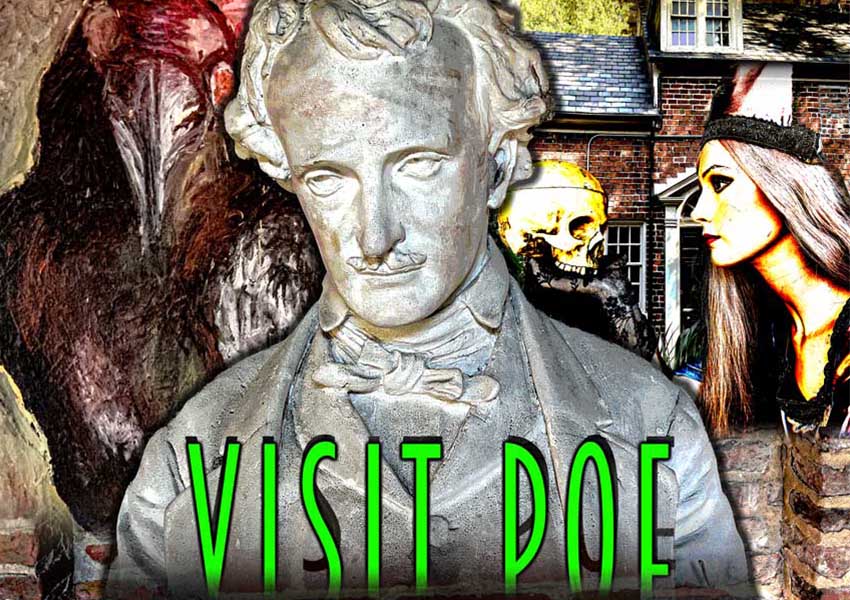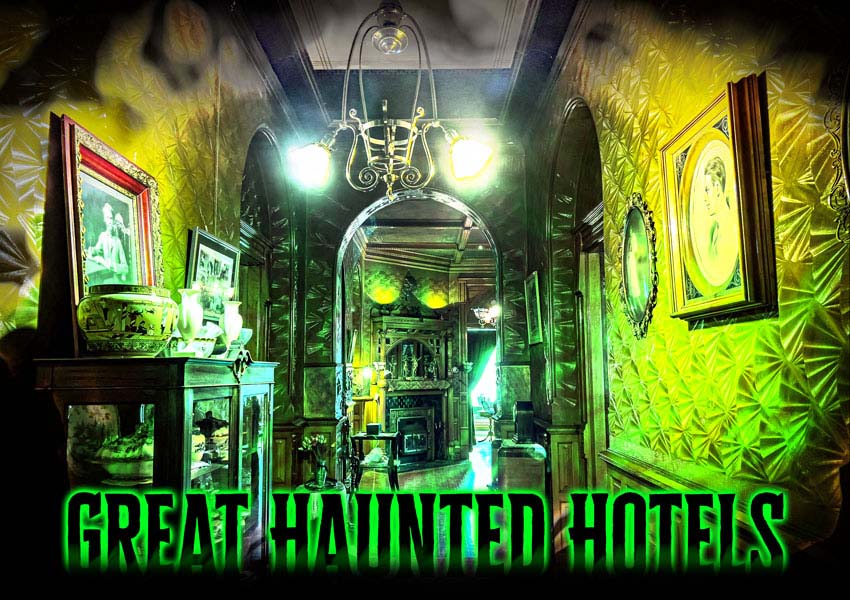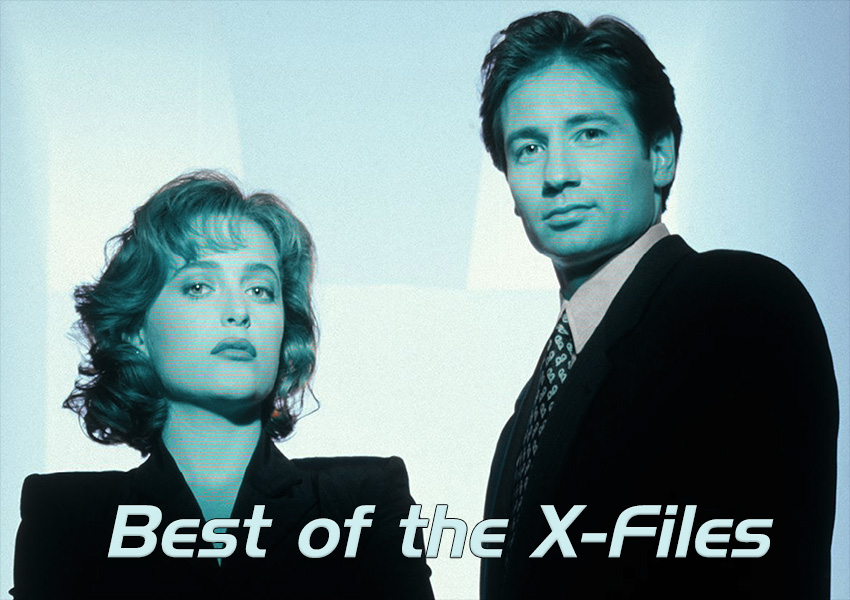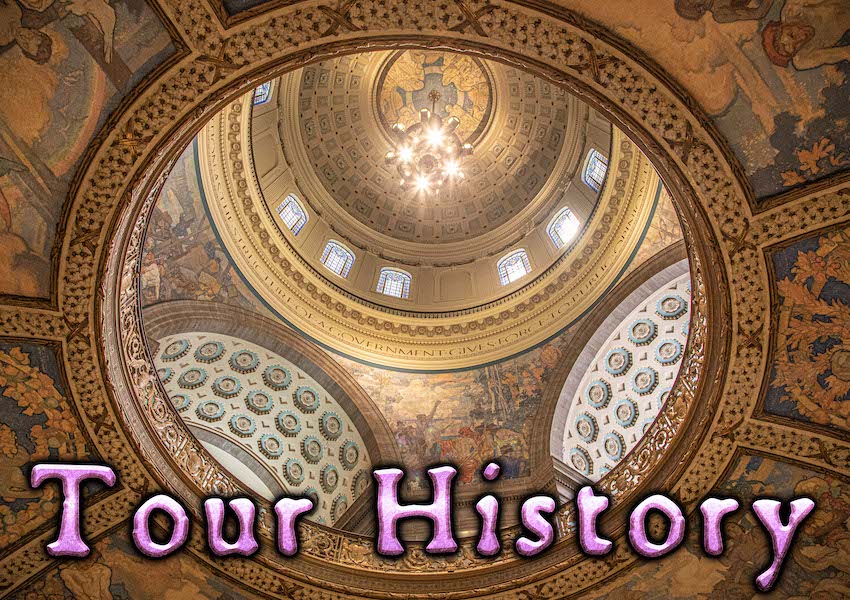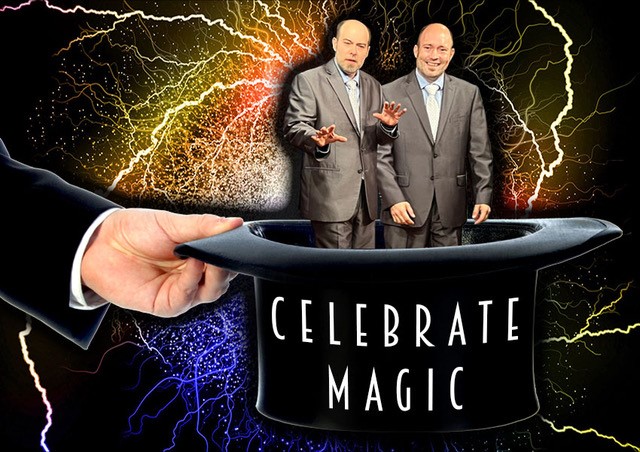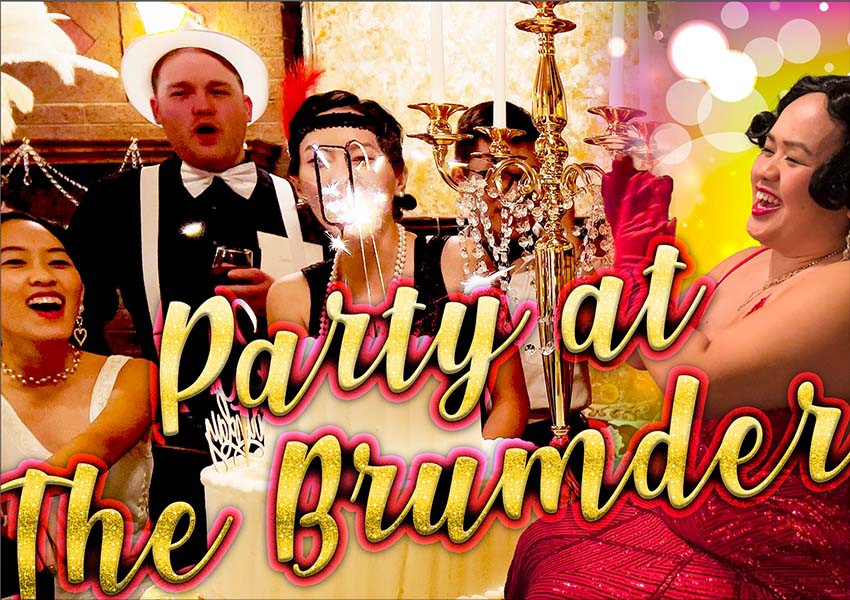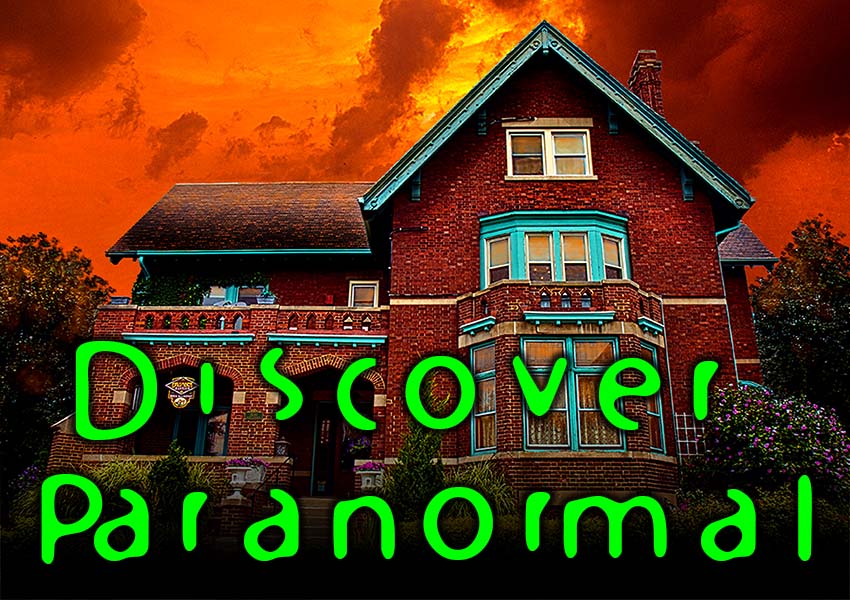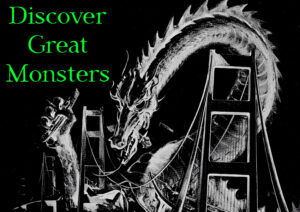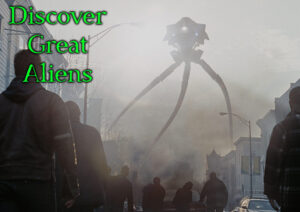Allentown Pennsylvania
Muhlenberg College
Spirit of Oscar Bernheim became a playful handful.
Students who had never met him while he was living, experienced his playful antics.
As a spirit, Oscar Bernheim found a way to encourage
students to have plants in their rooms.
DESCRIPTION/HISTORY
Muhlenberg College is one of the most beautifully laid out colleges we have visited, with lovely landscaping, big trees, plenty of green grass, handsome buildings from several eras. The buildings on campus are beautiful, whether they are 19th century architecture, found in the glorious brick buildings of Academy Row & the bell tower, or the stone Egner Memorial Chapel, that looks more like a cathedral to me, or more modern buildings, like Trexler Pavilion for Theatre and Dance.
Muhlenberg College was founded in 1848. It was renamed in 1867, to honor Henry Melchior Muhlenberg, patriarch of the Lutheran Church in the American Colonies. Though it started off as a Lutheran school, it now embraces all faiths and celebrates its diversity. 33% of the student population is Jewish.
Their philosophy of education can be found in their introductory statement on their website: “Muhlenberg aims to help students become independent critical thinkers who are intellectually agile, characterized by a zest for reasoned and civil debate, knowledgeable about the achievements and traditions of diverse civilizations and cultures, able to express ideas with clarity and grace, committed to life-long learning, equipped with ethical and civic values and prepared for lives of leadership and service.”

The College offers 40 majors in the humanities, fine arts, social sciences and natural sciences, in addition to strong pre-professional programs in such areas as pre-health, pre-law, pre-theology, business and education.
As the decades passed, the college grew in size, and homes and dorms were built for its students, faculty and others who worked closely with the school. Some folks, like Oscar Bernheim, who was a registrar or treasurer of the college, built their homes on or near school land. Some of the on campus homes, such as the Gabriel House, located on the northeast edge of the front grassy college greens area, were donated to the college, and are still used for educational purposes. The Gabriel House is located on the front lawn of the college, and is home to the Wescoe Program, that offers studies and hands-on experience in the college’s continuing education efforts in liberal arts program, offering accelerated degrees, and summer study opportunities.
Recent construction of needed housing and other structures in the decade of 2000-2010, also provides more modern buildings that please the younger generation, as well as the older generation. Sometimes other buildings/homes on campus had to be torn down, to make way for the new structures that meet the needs of students and faculty. Uh oh!
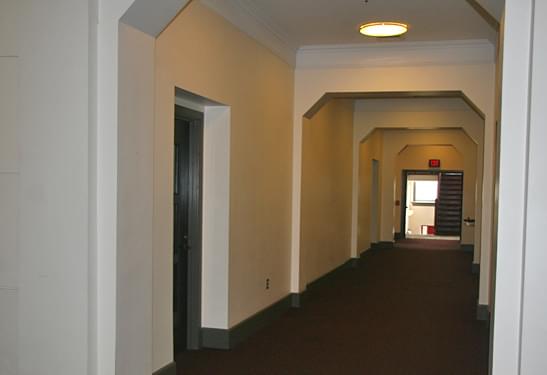
HISTORY OF MANIFESTATIONS
Sometimes it is hard for the departed to leave their beloved home or property, and they continue to visit or stay there, despite no longer having a living body in this world. They love to relive their memories, and continue on in what they loved to do.
Oscar Bernheim (a registrar or treasurer of the college) built his home on the southwest corner of Muhlenberg College. One of his prized hobbies was working in his garden, that was his pride and joy.
Not taking care of a property, ignoring stated wishes for the donated/sold building and its property, or tearing the building down completely can cause the people who once owned the structure to come back into this world to make their presence known to the living, and perhaps take matters into their own hands, getting chuckles at the living’s expense; finding creative way to express their feelings.
Probably in the early 2000s, not only was Bernheim house torn down to make room for the Trexler Pavilion Theater and Dance building, but Bernheim’s beloved garden area was built upon as well, becoming the new home for 3 dorms, with South Hall probably built directly over the garden. In his will paperwork, he gave them specific instructions on how to take care of his garden, in detail.
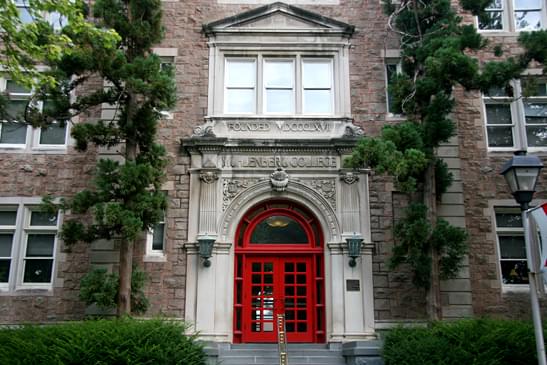
MANIFESTATIONS
Happy Spirit of Oscar Bernheim
During the time period when Oscar’s house and garden were still in existence, his apparition was seen:
During the time period when Oscar’s house and garden were still in existence, his apparition was seen:
Puttering around his beloved garden in the back of his house.
Hanging around in the third floor bedroom where he died.
Being busy in the attic and in the basement area.
Bernheim’s Terms Broken
After his house and garden were destroyed, Oscar made himself known in South Hall, in a playful way, as he always liked students.
Reports of activity have been reported in South Hall, especially in one suite.
The TV of one student would turn itself off and on.
Items would move themselves around the suite.
Students were experiencing other paranormal activity, scaring them.
Their reports to the administration were taken very seriously.
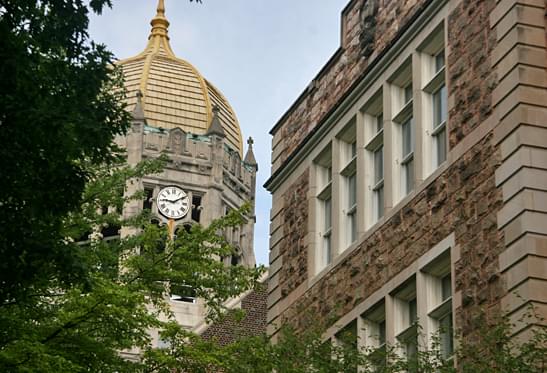
STILL HAUNTED?
Perhaps? – Though, the areas that experienced the entity of Oscar Bernheim, mainly South Hall, were blessed by the Lutheran clergy on campus, in 2002. Students still claim to have paranormal experiences, though no hard evidence has been captured.
Students have had encounters with this friendly presence. They have reported that in order not to not be teased by this entity, they presented healthy plants in their rooms, which seemed to give Oscar some peace.
No official paranormal investigation reports have been published on line.
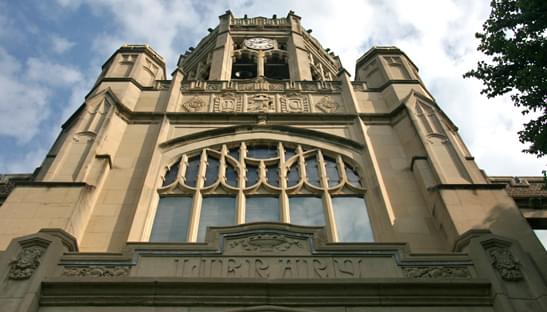
LOCATION
This large, spacious campus lies between N. Ott Street, and N. 23rd Street, 3 blocks east of Greenwood Cemetery. West Chew Street runs right through the center of the college, between the college green, and the library.
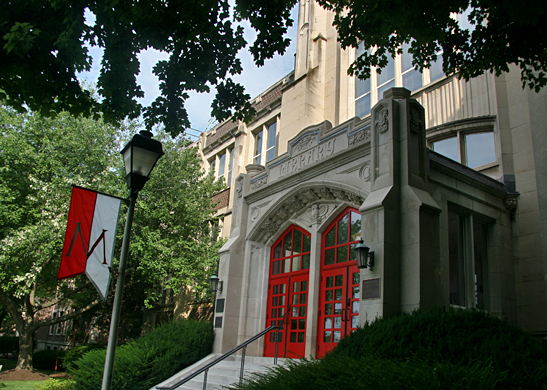
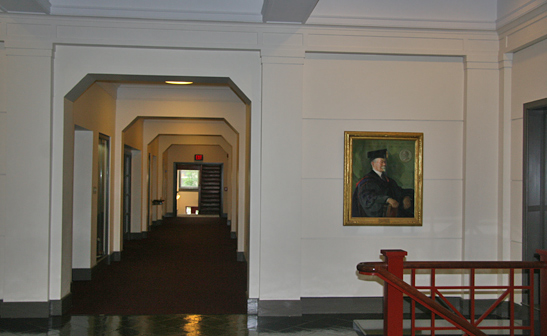
SOURCES INCLUDE
- muhlenbergweekly.com/the-haunting-of-muhlenberg-college
- HAUNTED PLACES: The National Directory
by Dennis William Hauck
Penguin Books – 2002 - muhlenberg.edu
Our Haunted Paranormal Stories are Written by Julie Carr
Our Photos are copyrighted by Tom Carr
Visit the memorable… Milwaukee Haunted Hotel

